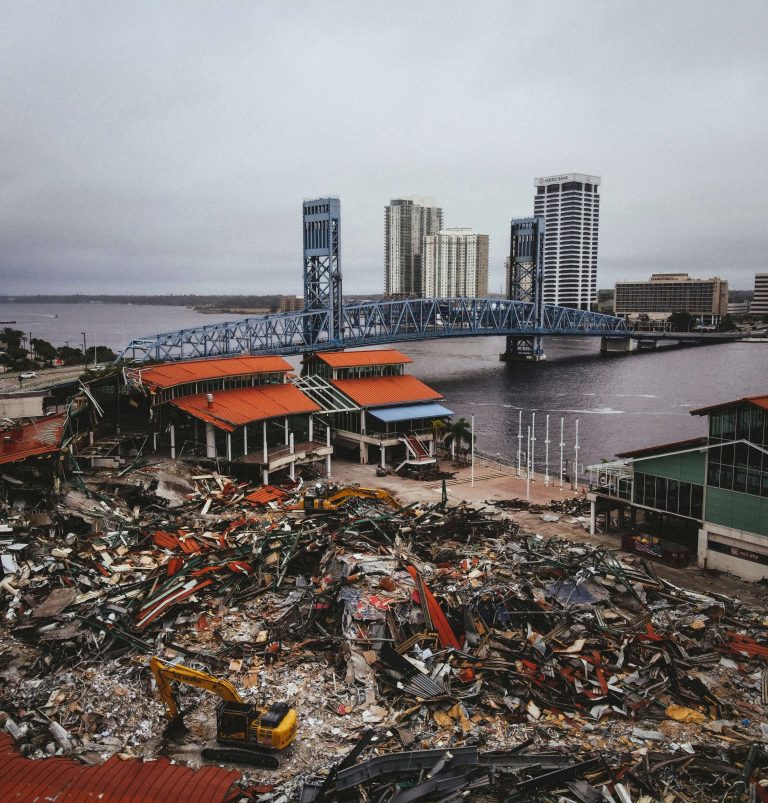Natural disasters are chaotic, destructive events that leave lasting physical and emotional scars. The immediate aftermath is often consumed by practical needs—shelter, food, and rebuilding efforts. But the mental health toll is just as significant and should never be overlooked.
The invisible wounds
When a natural disaster strikes, it shatters lives in more ways than one. Families lose homes, communities lose their identity, and individuals lose a sense of security. The emotional impact often manifests as anxiety, depression, and, in some cases, PTSD. The unpredictability of nature itself is a huge contributor to the sense of powerlessness many feel.
Recognizing the early signs
One of the most important things professionals can do is to recognize the early signs of mental health struggles. If you’re in a region affected by a disaster, pay attention to signs of emotional distress—irritability, withdrawal, difficulty sleeping, or excessive worry. The psychological effects of a disaster can linger long after the physical damage is repaired, so it’s critical to implement support systems immediately.
Immediate interventions that work
It’s not just about providing long-term therapy—although that’s important too. In the immediate aftermath, crisis intervention can be incredibly effective. Basic emotional support, connecting individuals to local mental health resources, and providing opportunities for individuals to talk about their feelings can help mitigate the long-term impact. Resilience training and stress management techniques like deep breathing and mindfulness are simple but effective tools in stabilizing emotions and promoting recovery.
Community-driven healing
The collective healing process can also play a significant role in recovery. Communities that come together and rebuild together often experience collective resilience. Support networks are vital, as they not only provide practical help but emotional solace too.
Natural disasters may leave a trail of devastation, but the collective effort of communities and professionals can help rebuild mental well-being, just as much as the physical structures.


